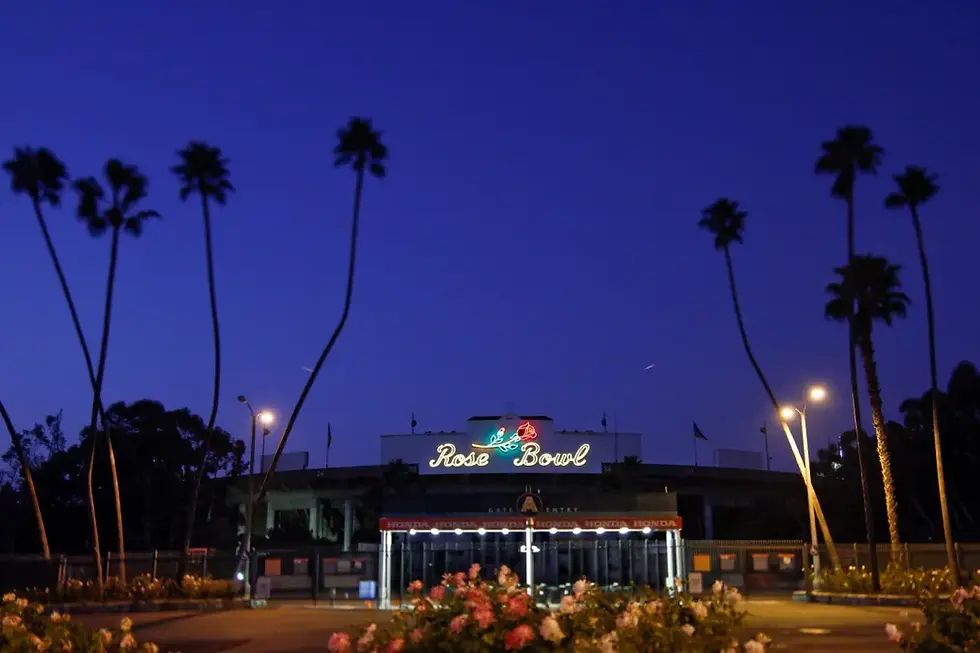Elephant Deaths at L.A. Zoo Renew Calls for Gentle Giants to Be Moved to Larger Sanctuaries
- Julius Miller

- Feb 2, 2024
- 3 min read
Los Angeles Zoo currently stands as one of the most divisive institutions in the city, raising questions about its old sacraments.It’s no secret that under the Zoo’s supervision, 16 elephants have died since it opened in 1966. Two of those came in the past year, with Shaunzi, a 53-year-old female Asian elephant being euthanized in January 2024 and Jewel, a 61-year-old female meeting the same fate just 12 months earlier, the Los Angeles Times previously reported.
L.A. Zoo tacked up Shaunzi’s cause of death to “her age, past medical history” and her “inability to right herself with supportive efforts to raise her.” However, their shrouded explanation veers away from the expected: Shaunzi and other Asian elephants that have died may have suffered as a result of their constructed habitats.

“I would say all of them [the elephants] died from that [a lack of space] because it accumulates over time,” Courtney Scott, Elephant Consultant for In Defense of Animals, tells Los Angeles magazine.“They have arthritis, they have joint disease, they have zoonotic behavior… there’s another study that shows they develop brain damage from lack of stimulation and space,” she adds.
The study in question comes from the Conservative Animal Welfare Foundation, an animal welfare organization in the United Kingdom. Not only does it reveal that “elephants in zoos stereotyped less, explored more, and showed more behavioral diversity in bigger enclosures than smaller ones,” but it also found that home ranges for Asian elephants begin at a minimum of 2,471 acres. Comparatively, Los Angeles Zoo’s elephant population currently lives in a 3.6 to 6.56-acre space.
“10 acres is considered large for a city zoo… The Houston Zoo has 12 elephants in three acres, so even if there was only one elephant, it's unbelievably inadequate,” Scott says. “In captivity, they live about half as long on average.”
The IDA has recently honed in on Billy, an elephant that has been at L.A. Zoo since 1989. Zoo officials describe him and their other current resident, Tina, as “ambassadors for their endangered species” and say they must remain as “millions of Angelenos with the opportunity to establish meaningful, empathy-building connections with animals they might otherwise never see.”
Scott says the zoo continually utilizes such anthropomorphic language, or the attribution of human traits, emotions, or intentions to non-human beings. A similar example of such is Packy, a 54-year-old Asian elephant at the Oregon Zoo who was born into captivity and euthanized in 2017.
“They’ve constantly said that Packy was the ambassador and he was even the head of a parade, even though he wasn’t there,” Scott recalls. “Well, Pakky had no clue what that was, and he was just exploited for 55 years at the zoo.”
Many say to move Billy to a sanctuary, which, as per the aforementioned report, “are founded on a fundamental belief in the need for quality space — far bigger in size and more diverse in contact than any zoo enclosure.” However, L.A. Zoo clearly states on its site that “there is absolutely no reason for them to be sent to live in a sanctuary,” referencing their status as an “AZA-accredited facility.”

When protestors from the IDA and others calling for the transfer of Billy gathered outside the Zoo on Jan. 28, their presence was addressed in a similar, straightforward fashion: “The small number of activists campaigning to move Billy to another animal holding facility are basing their message on misinformation, untruths, and intentional mischaracterization of the L.A. Zoo elephant care program.”
Los Angeles magazine reached out to the L.A. Zoo to request further information on the alleged “misinformation, untruths, and intentional mischaracterizations” but never received a response.
The work done to free Billy would appear to span more than the “small number of activists” the Zoo claims. Historically, Cher, Lily Tomlin, Kim Bassinger and Bob Barker have advocated in favor of a sanctuary transfer.
“He is in pain both physically and psychologically. He spends 80% of his time rocking back and forth,” Cher told PEOPLE in 2019. “Billy is standing on hard packed dirt in a small, sterile environment. In the wild, he would be walking hundreds of miles a day on soft earth. In the zoo, Billy can’t choose what he eats at a Sanctuary he will have choices.”
Regardless, the case is still out on whether Billy will remain. A Los Angeles city committee previously voted to send him to a sanctuary, but it’s yet to be approved by the L.A. City Council.
“I don't think I have time the rest of my life to get all the elephants out,” Scott joked. “But yeah, the time is coming for zoos to transition out of the old model.”






Comments